The University of Texas of the Permian Basin is located in Texas, USA. The following is a detailed introduction to the school:
School Overview
Establishment Time and Background: The school was approved by the Texas Legislature in 1969 and officially established in 1973. Its founding was driven by oil industrialist Bill Noël and his wife Ellen Witwer Noël, who later became the school's main philanthropist.
School size: The school currently has more than 7,000 students and 250 teachers. The campus covers an area of 644 acres in Odessa, and there are other campuses in Midland.
Academic research
Departments and majors: There are several departments such as the College of Humanities and Sciences, the School of Business, the School of Education, the School of Engineering, and the School of Nursing. It offers more than 100 undergraduate and graduate degree programs, covering accounting, art, biology, chemistry, computer science, communication, criminal justice, earth science, economics, education, English, environmental science, finance, geology, history, industrial technology, information systems, kinesiology, leadership, management, marketing, mathematics, mechanical engineering and many other fields.
Teaching resources: The school adopts a semester-based academic calendar, and the student-to-teacher ratio is about 15:1, ensuring that students can get full attention and guidance from teachers. The school is equipped with advanced teaching facilities and laboratories, such as the J. Conrad Dunagan Library and Lecture Center built in 2000, and a multimedia laboratory and classroom with 20 workstations.
Campus Life
Student Organizations and Activities: The school has a variety of student organizations and clubs, including academic clubs, cultural exchange associations, sports clubs, etc. Students can participate in corresponding organizations and activities according to their interests and hobbies, make friends, expand their network, and enrich their extracurricular life.
Sports: The school's sports teams participate in the Lone Star League of the National Collegiate Athletic Association (NCAA) Division II. The nickname of its sports team is "Falcon", the representative colors are falcon orange, white, black and blue.
School ranking and honors
It has been highly praised by two major national news media and is the only university in Texas to receive this honor.
Admission requirements: International students applying for undergraduate courses generally require high school graduation or equivalent, TOEFL scores that meet certain standards, etc.; applying for graduate studies requires providing corresponding undergraduate degree certificates, transcripts, letters of recommendation, personal statements, and standardized test scores that may be required according to different majors.
Application time: The school has multiple admission times to choose from each year, including spring, summer and fall semesters. Students can flexibly choose the admission time according to their own plans and preparations.
Study abroad costs
The school provides students with a variety of scholarships and grants, such as the Falcon Free Project, to help students reduce their financial burden and enable more students to have the opportunity to receive higher education.
-

Harvard University
-

Massachusetts Institute of Technology
-

South University
-

University of West Georgia
-

Stanford University
-

Northwest Nazarene University
-

Hawaii Pacific University
-
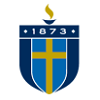
Shorter University
-

Nova Southeastern University
-
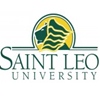
Saint Leo University
-
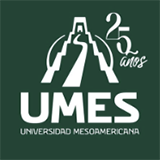
Mesoamerican University
-

Istmo University
-

Mariano Galvez University of Guatemala
-
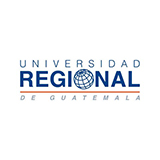
Regional University of Guatemala
-
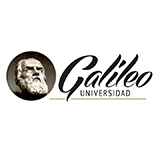
Galileo University
-
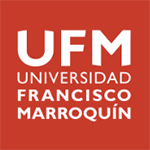
Francisco Marroquín University
-

Rafael Landívar University
-
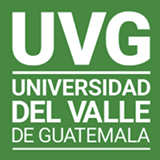
University of the Valley of Guatemala
-
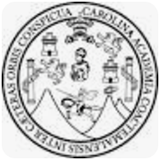
University of San Carlos of Guatemala
-
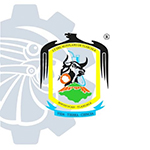
Technological Institute of Tlaxcala Plateau
-
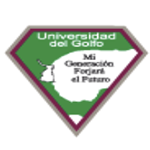
Golfo University
-

Technological University of South Sonora
-
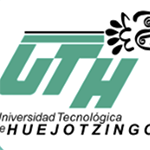
Technological University of Huejotzingo
-

Tizimín Institute of Technology
-

Chilpancingo Institute of Technology

